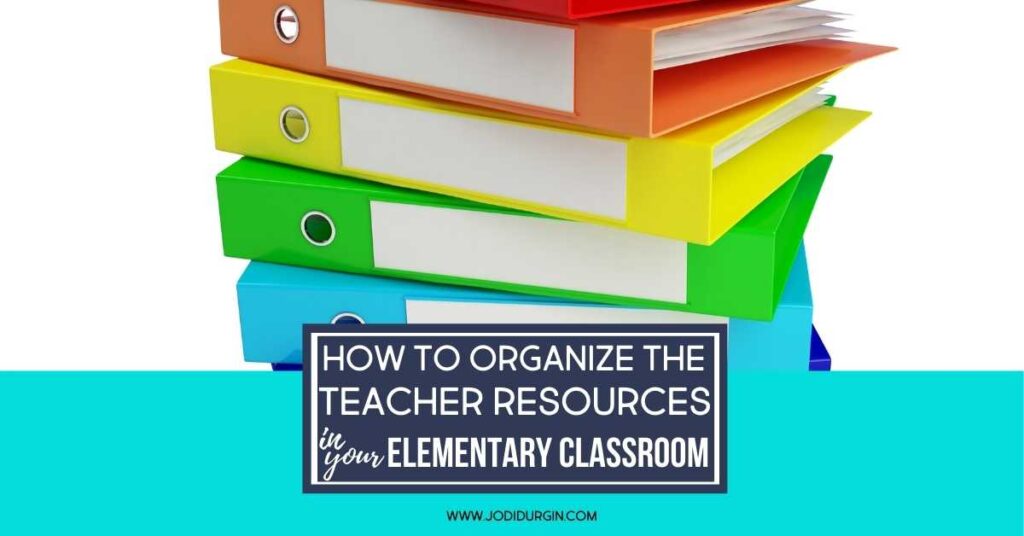Handy News To Selecting Italian Primary Teaching Materials
Wiki Article
What Are The Most Effective Educational Aids, Manipulatives, As Well As Visual Aids To Italian Preschools?
Italian nurseries can benefit from using visual aids, educational technology, and manipulatives. Here are some examples of appropriate materials:Manipulatives.Manipulatives is an object that children can play with as they learn, develop and practice their problem solving and fine motor skill. Blocks, puzzles, and sorting games are a few examples of manipulatives that are appropriate for Italian kindergartens.
Visual aids: Visual aids can help children understand and remember concepts, and help them develop their language. Some visual aids which may be appropriate for Italian nursery schools are posters, charts and maps as well as picturebooks and flashcards.
Technology for education: Educational technologies can be used to enhance the learning process and provide students with additional sources. Italian nursery school technology examples include tablets with touchscreens, educational applications and interactive whiteboards.
All educational materials utilized in Italian nurseries should be appropriate for the age of the child, safe and culturally relevant. The materials should be chosen by considering the personal needs and interest of students at the school. Teachers and caregivers in the nursery school must periodically evaluate and update the materials they employ to ensure that they remain relevant and beneficial for their pupils. Take a look at the top sostegno italiano for site advice.

What Math Materials Are Required In Italian Nursery Schools?
It is important to support mathematics teaching resources in Italian nurseries. This will help children improve their spatial, numerical and problem-solving abilities. Some examples of the support needed for mathematics teaching materials include the following: training for teachers and caretakers: Teachers as well as caretakers might need training on how to incorporate math concepts into everyday activities, as well as how to use math teaching materials.
Curriculum and lesson plans: A curriculum and lessons plans that are well-designed and include mathematical concepts help children be exposed to a broad range of math concepts and capabilities.
Children can master mathematics through a more visual approach through manipulatives such as beads, counting bears, and blocks. Posters and charts can also be useful visual aids.
Resources based on technology: Technology can provide children with additional resources for learning such as math apps for tablets as well as games.
Assessment tools are useful for caregivers and teachers to track their children's development and determine areas where they may require assistance.
Parental involvement: Engaging parents in mathematics education can help reinforce the concepts learned in nursery. This also promotes family engagement.
It is essential that the material used for teaching mathematics to young children is age appropriate. Teachers and parents can utilize this material to create engaging and enjoyable math games that encourage children's enthusiasm for learning and awe. Follow the top materiale didattico inglese for website info.

What Science Didactic Cards Do Italian Nurseries Suggest?
Science didactic cards can be an the perfect tool to teach children about the fundamentals of science. Here are some examples of science-related educational cards that could be suggested: Animal cards: Animal cards can assist children to learn about different animals and their unique characteristics. Cards can include images of animals and their surroundings in order to make learning more interesting.
Plant cards are a great way for children to learn more about plants and their properties. It is possible to use illustrations of plants to help enhance the learning experience.
Weather cards: Weather cards are a great way for children to learn about different types of weather and their impact on the natural environment. These cards can include illustrations of various weather conditions, such as snow, rain and sun.
Space cards: Space cards can aid children in learning about the solar system as well as the planets. These cards could include drawings of planets with their own unique characteristics.
Human Body Cards: These cards help children to learn about the different parts of their body and how they function. They can have illustrations of the various organs and parts of the body.
It is essential to select science didactic cards that are age-appropriate, engaging and engaging for younger children. These cards are great for caregivers and teachers who want to get children involved with fun science activities. They can also inspire children to be curious and enthusiastic about the world around them. Follow the recommended schede didattiche scienze for more advice.

What Are The Best Materials To Teach Geography In Italian Schools?
Italian nurseries may use geography teaching materials to educate children on various cultures and different environments. Here are some examples of geography-related teaching materials Maps. A map is a great tool to help children understand geography, including the geographic features of various countries and regions.
Globes help children to visualize the earth's surface and can be used to educate about the continents as well as the oceans.
Videos and photos: Photos and videos of places and people from all over the globe can assist kids understand the importance of the diversity of cultures and ways of living.
Books: Age-appropriate books that feature different countries and cultures will help children get interested in the world of geography and an awareness of wonder about the world.
Natural substances. Materials like shells and plants are ideal to teach children about ecosystems.
Field excursions. Children can gain knowledge about geography through hands-on learning and visits to local parks, zoos and museums.
Choose teaching materials for geography that are suitable for the children's age and are aware of cultural differences. These materials let caregivers and teachers to create fun and interactive activities to promote children's enthusiasm for learning and curiosity.
